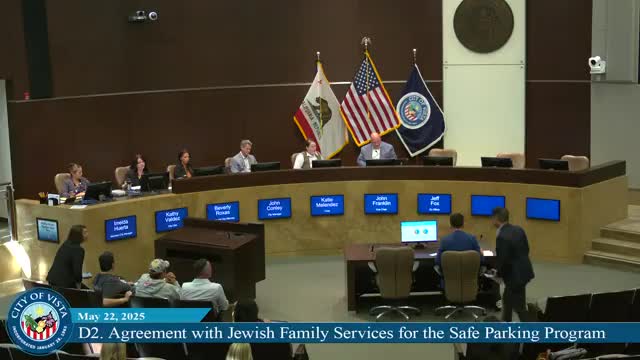San Diego County reports 7% drop in homelessness for 2025
May 22, 2025 | Vista, San Diego County, California
Thanks to Scribe from Workplace AI and Family Portal , all articles about California are free for you to enjoy throughout 2025!

This article was created by AI using a video recording of the meeting. It summarizes the key points discussed, but for full details and context, please refer to the video of the full meeting. Link to Full Meeting
Jonathan Long, the Homeless Services Program Manager, presented the findings, highlighting that the total number of individuals experiencing homelessness in the county had dropped from 10,605 in 2024 to 9,905 in 2025. This decline included reductions in various categories, such as veterans, families, and youth, indicating a potential improvement in the effectiveness of shelter resources.
However, the discussion quickly turned to the complexities of data representation. Mayor of Vista raised concerns about the inclusion of unincorporated areas in the city’s homelessness statistics. He emphasized the need for clarity in the Point in Time Count, suggesting that areas like Bonzo should not be counted against Vista’s efforts, as the city is actively working to implement new programs and secure grants to combat homelessness.
The mayor's proposal to send a letter to the Regional Task Force on Homelessness (RTFH) aimed to delineate these unincorporated areas from Vista’s count, arguing that accurate data is crucial for assessing the city’s performance and improving its strategies. The committee members echoed his sentiments, expressing surprise that the current mapping allowed for such discrepancies.
As the meeting progressed, the conversation underscored the importance of understanding how census tracts intersect with city boundaries, which can complicate the interpretation of homelessness data. The committee members sought further insights into how these areas were counted, emphasizing the need for precise information to guide future initiatives.
The meeting concluded with a sense of optimism, bolstered by the positive trends in homelessness statistics, yet tempered by the recognition of the challenges that remain. As Vista continues to navigate its role in addressing homelessness, the discussions highlighted the critical need for accurate data and collaboration with regional partners to ensure effective solutions for all residents.
Converted from Standing Committee on Homelessness Meeting, May 22nd, 2025 meeting on May 22, 2025
Link to Full Meeting
Comments
View full meeting
This article is based on a recent meeting—watch the full video and explore the complete transcript for deeper insights into the discussion.
View full meeting